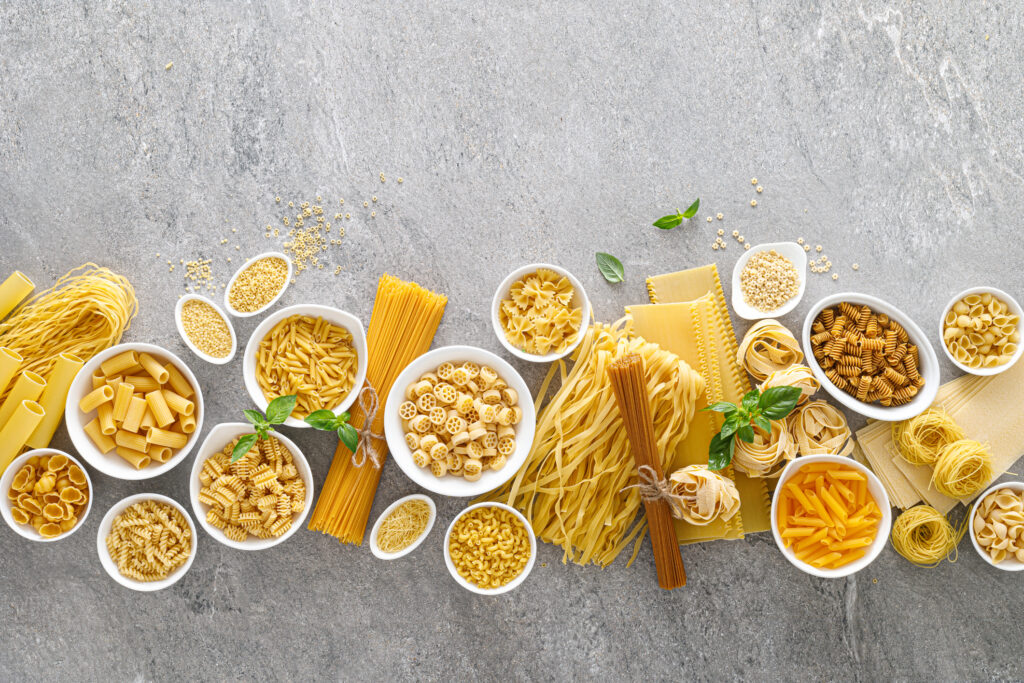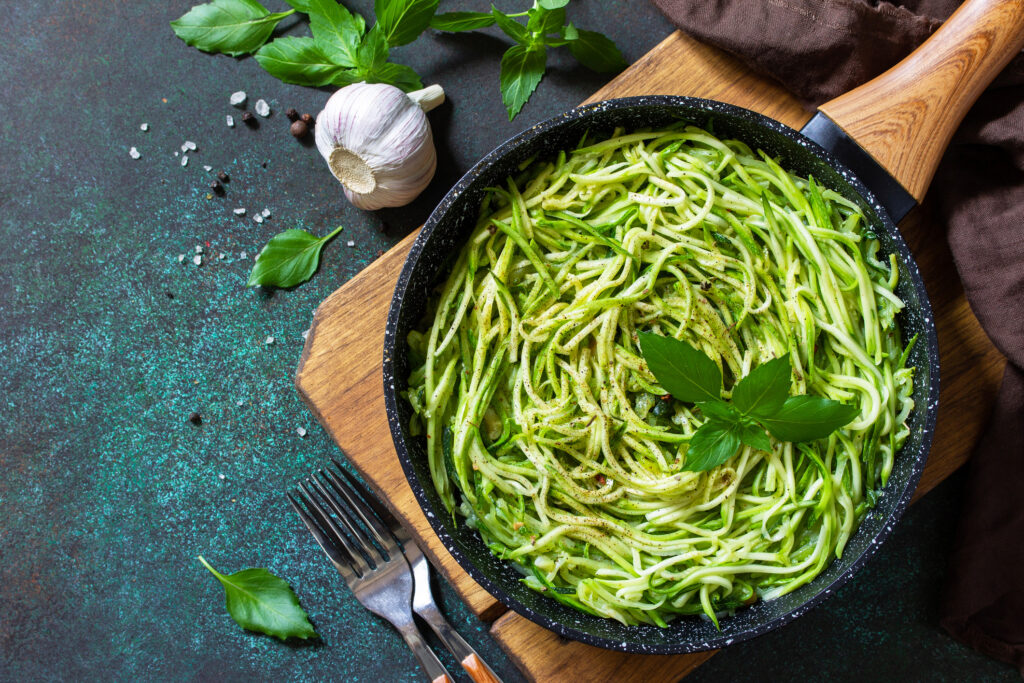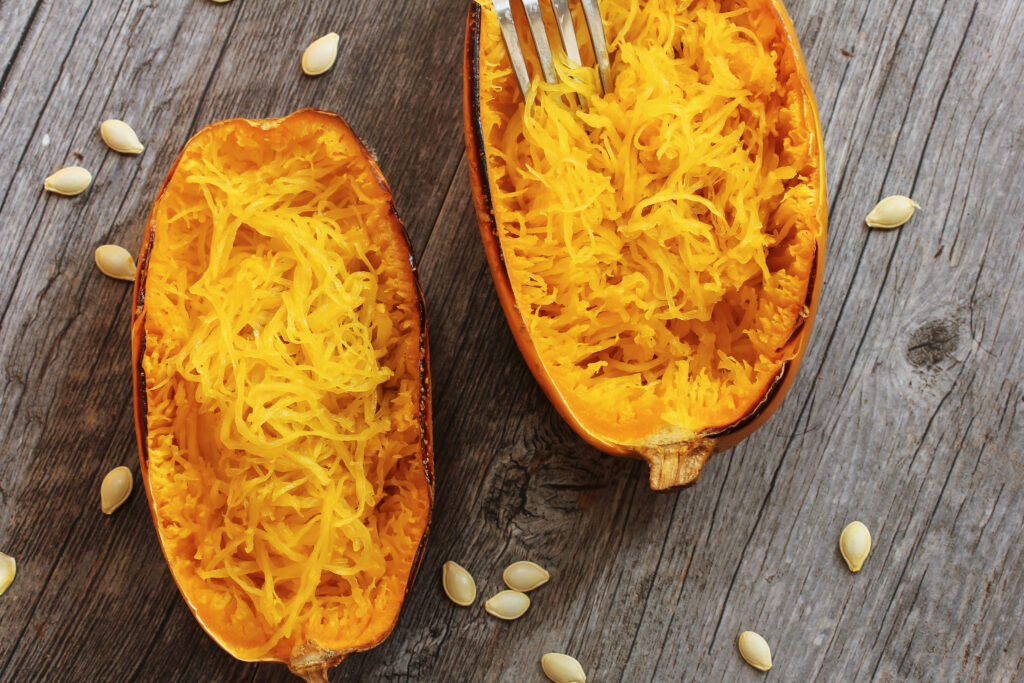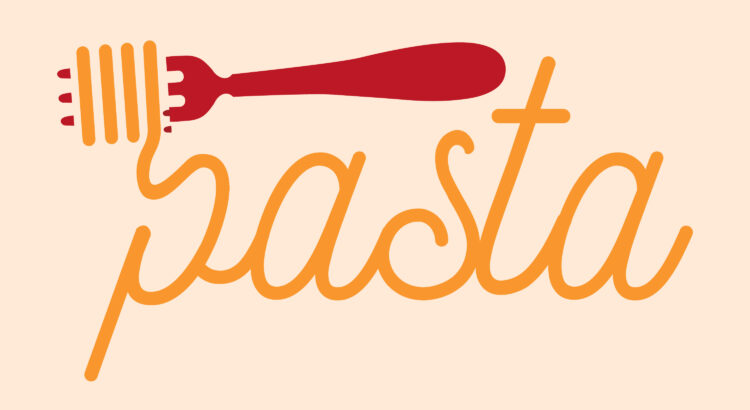Who doesn’t love pasta? It’s certainly a staple in many households. Whether you need to abstain from wheat pasta because of issues digesting gluten, or you’re simply looking for a pasta alternative that is more nutrient dense, this article is for you. Today we will talk about some different pasta options and discuss their health benefits.

Lentil Pasta
Lentil pasta is a great alternative to regular, wheat-based pasta and is naturally gluten free. As the name suggests, this pasta is made from lentils, which are legumes, and more specifically, pulses. A pulse specifically refers to legumes that are grown and harvested for their dry seed. Compared to regular, wheat-based pasta, lentil pasta contains more protein and has a higher fiber content. This gives lentil pasta a more ideal macronutrient profile. Lentil pasta also contains over 4x the amount of potassium as wheat pasta. Potassium is an important electrolyte that helps our bodies maintain proper fluid balance inside our cells.
Cooking Tip: Be careful not to overcook lentil pasta, as it can easily get mushy if you leave it on too long. You may also want to stir it a few times while cooking to prevent the pieces from sticking together.

Chickpea Pasta
Chickpea pasta is again, just as you’d guess from the name, pasta made from chickpeas, also known as garbanzo beans. Chickpeas are also a pulse of the legume family, just like lentils. Chickpea pasta has similar benefits as lentil pasta, in that it contains more protein and fiber than standard wheat-based pasta. Its fiber and protein content provide a slower release of glucose into the bloodstream, so this helps prevent blood sugar levels from spiking after meals. Just like lentil pasta, chickpea pasta is naturally gluten free, making it a great pasta alternative for those who need to abstain from consuming gluten. When it comes to B vitamins, chickpea pasta has more niacin (vitamin B3) and folate (vitamin B9) than wheat pasta. Chickpea pasta also contains a lot more calcium than wheat-based pasta.
Cooking Tip: Due to a natural substance called saponins that chickpeas contain, you may experience a lot of foam bubbling up from the pot when cooking chickpea pasta. If you are experiencing this, try using a larger pot and reducing the heat a bit when cooking to lower the amount of foam.

Zucchini Noodles
Zucchini noodles, also known as zoodles, are a great low carb, gluten free, and grain free option to replace pasta. Zucchinis contain many nutrients, including potassium, which can help lower blood pressure levels in those who have high blood pressure. Zucchini also contains a lot of antioxidants, which help protect your cells from damage and support our immune systems. Zucchini noodles are certainly a great pasta alternative for your low carb weeks.
Cooking Tip: If making zucchini noodles yourself from zucchini, use a julienne peeler or a spiralizer. To cook zoodles, you can boil them in water, bake them in the oven, or saute them on a pan. You can try out different cooking methods and see what you like best!

Spaghetti Squash
Another great vegetable-based pasta alternative is spaghetti squash. Like zucchini noodles, spaghetti squash is low carb, gluten free, and completely grain free. To make spaghetti squash, you simply cut the squash in half lengthwise and bake it face down. Once cooked, you can scoop out the inside, which will resemble small, thin little noodles. This is why this squash got its name, because when cooked, the inside resembles spaghetti. Spaghetti squash is a nutrient dense food. For being a low carb vegetable, spaghetti squash still contains a fair amount of fiber. It also contains more vitamin B6, B5, potassium, and vitamin C than wheat-based pasta. Spaghetti squash is another great pasta alternative for your low carb weeks.
Cooking Tip: If your spaghetti squash is coming out too mushy for your preference, try sprinkling some coarse salt onto the squash before cooking. Let it sit for 15 minutes before baking, and that will help draw out some of its moisture, which will result in a less mushy texture.

Regular wheat-based pasta is not innately unhealthy, and it certainly can still be a part of a healthy diet. But it’s important to make sure that you are getting enough fiber, healthy fats, and protein in any meal where you’re eating pasta. This will help make your pasta dish a more balanced meal and help prevent blood sugar spikes. But incorporating these pasta alternatives into your diet would be a healthy way to give you more variety in nutrients, taste, and texture. Plus, these suggestions are all suitable for anyone who is gluten free.
